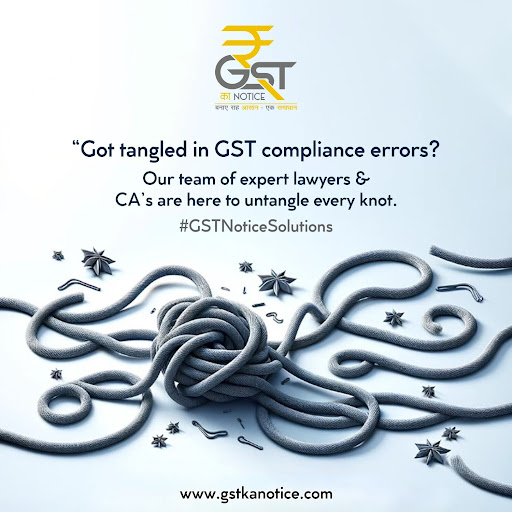Navigating GST Show Cause Notices: Crafting Effective Responses

Introduction:
The Goods and Services Tax (GST) regime in India has brought about significant changes in the country’s taxation landscape since its implementation. However, with its complexity, there comes the inevitable possibility of encountering GST show cause notices. These notices are issued by the tax authorities when they suspect discrepancies or non-compliance with GST laws. Responding to these notices effectively is crucial for businesses to avoid penalties and legal complications. In this blog, we delve into the intricacies of GST show cause notices response, exploring key strategies and considerations for a robust and informed reply.
Understanding GST Show Cause Notices:
GST show cause notices are formal communications from the tax department, typically issued when they suspect tax evasion, incorrect filing, or other irregularities in a taxpayer’s GST returns. These notices require the recipient to provide clarifications, explanations, or evidence to address the concerns raised by the authorities.
Key Components of a GST Show Cause Notice:
- Nature of Allegations: The notice usually outlines specific allegations or discrepancies identified by the tax authorities, such as underreporting of sales, incorrect input tax credit claims, or non-filing of returns.
- Legal Basis: It cites relevant sections of the GST Act under which the notice is issued, along with the applicable provisions and rules.
- Timeline for Response: The notice specifies the deadline by which the recipient must respond, typically within a prescribed period, failing which penalties or further actions may be initiated.
Crafting an Effective Response:
- Thorough Examination of Notice: The first step is to carefully review the notice, understanding the allegations and the legal provisions cited. This entails a detailed analysis of the relevant GST returns, invoices, and other supporting documents.
- Gather Evidence: Collect all relevant documents and evidence that support your position. This may include sales invoices, purchase records, bank statements, and correspondence with suppliers or customers.
- Engage Expertise: Seeking assistance from tax professionals or consultants with expertise in GST matters can be invaluable. They can provide insights into the specific issues raised in the notice and help formulate a comprehensive response strategy.
- Clear and Concise Response: The response to the notice should be structured and articulate, addressing each allegation with clarity and precision. It should provide factual explanations supported by documentary evidence wherever possible.
- Compliance with Legal Requirements: Ensure that the response complies with the procedural requirements laid down in the GST laws, including the format of the reply and the mode of submission.
- Timely Submission: Adherence to the deadline specified in the notice is critical. Failure to respond within the stipulated time frame can lead to adverse consequences, including imposition of penalties or initiation of further proceedings.
- Seeking Extension if Necessary: In case additional time is required to gather information or prepare a comprehensive response, it is advisable to seek an extension from the tax authorities well in advance of the deadline.
Conclusion:
Responding to GST show cause notices requires a strategic approach, meticulous preparation, and a thorough understanding of the relevant legal provisions. By following the guidelines outlined above and seeking professional assistance when needed, businesses can effectively address the concerns raised by the tax authorities and mitigate the risks associated with non-compliance. Proactive compliance with GST laws not only helps in avoiding penalties but also fosters trust and credibility with the tax administration, laying the foundation for long-term business sustainability and growth.








